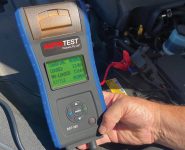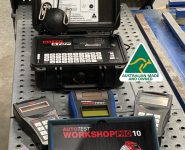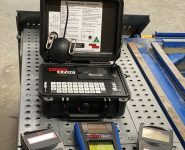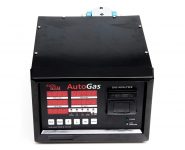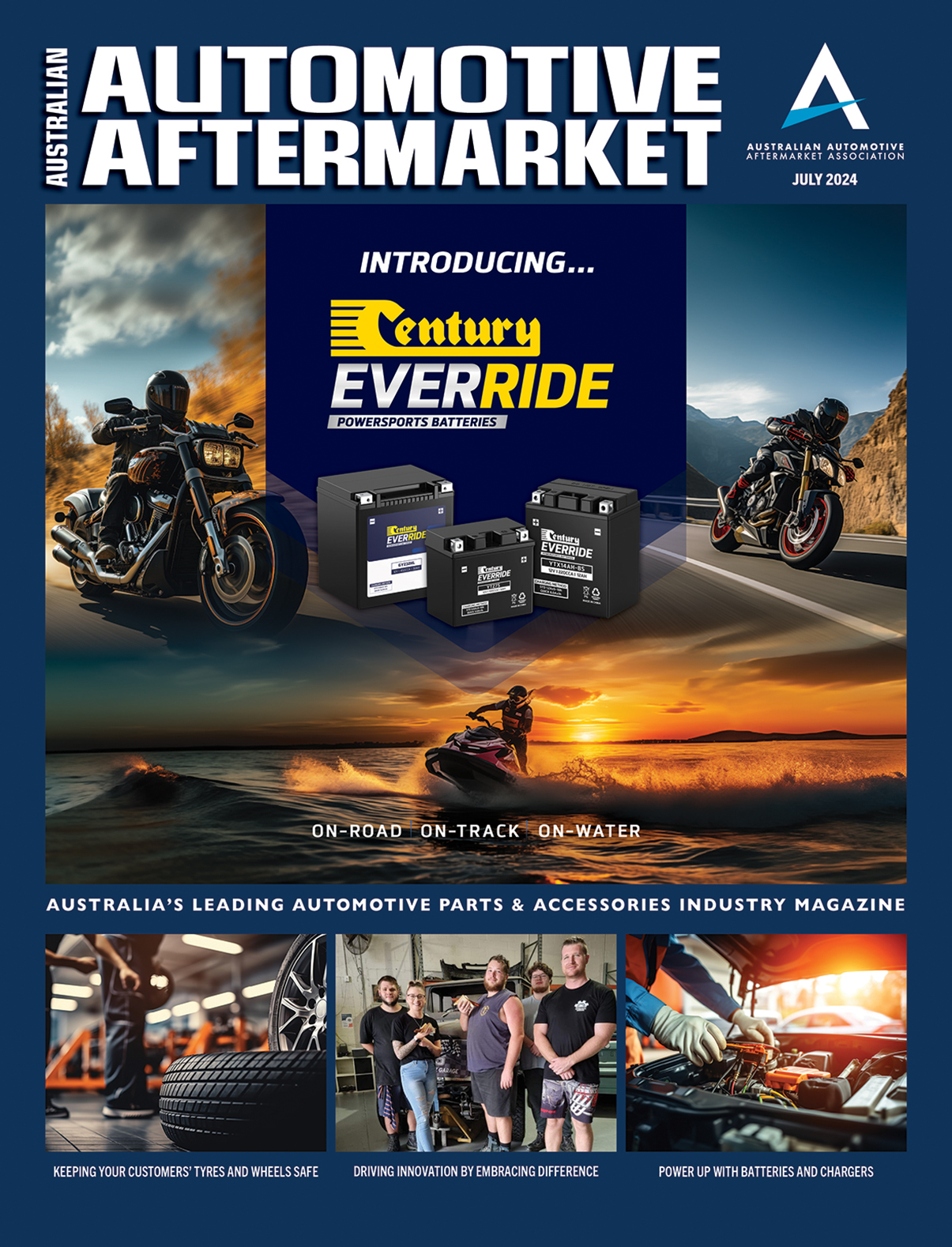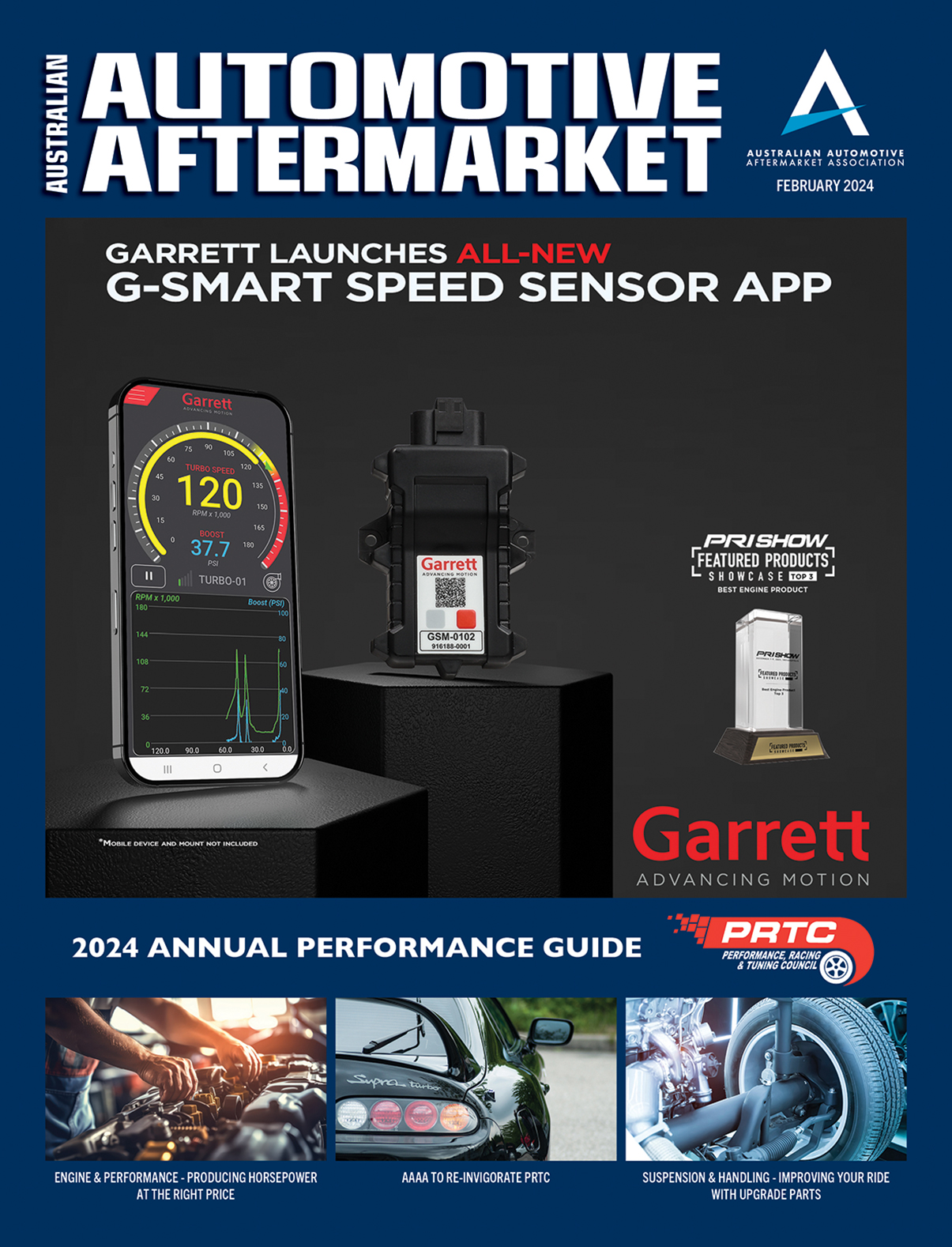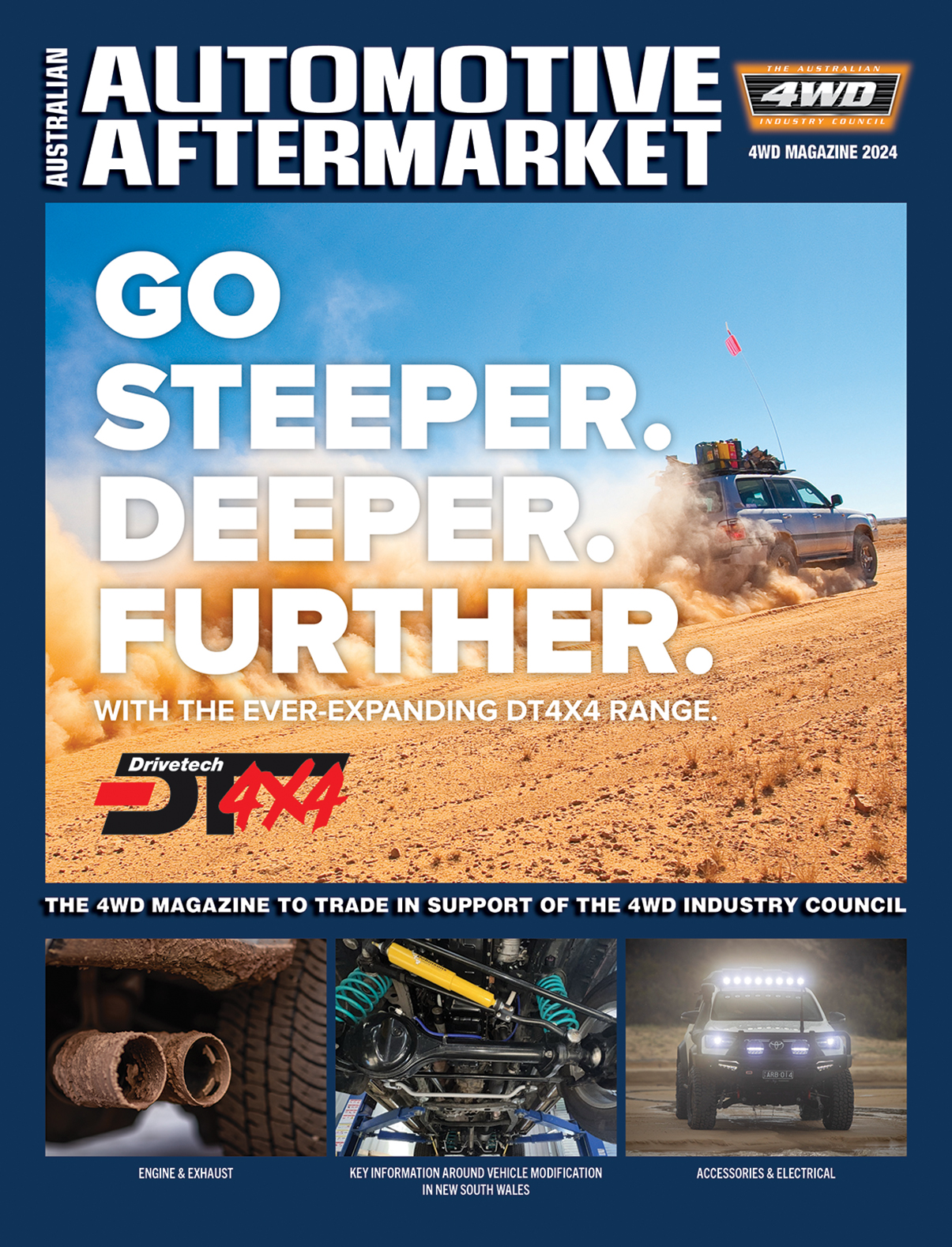TESTING THE BRAKE TRIANGLE
AutoTest says it supplies the required tools
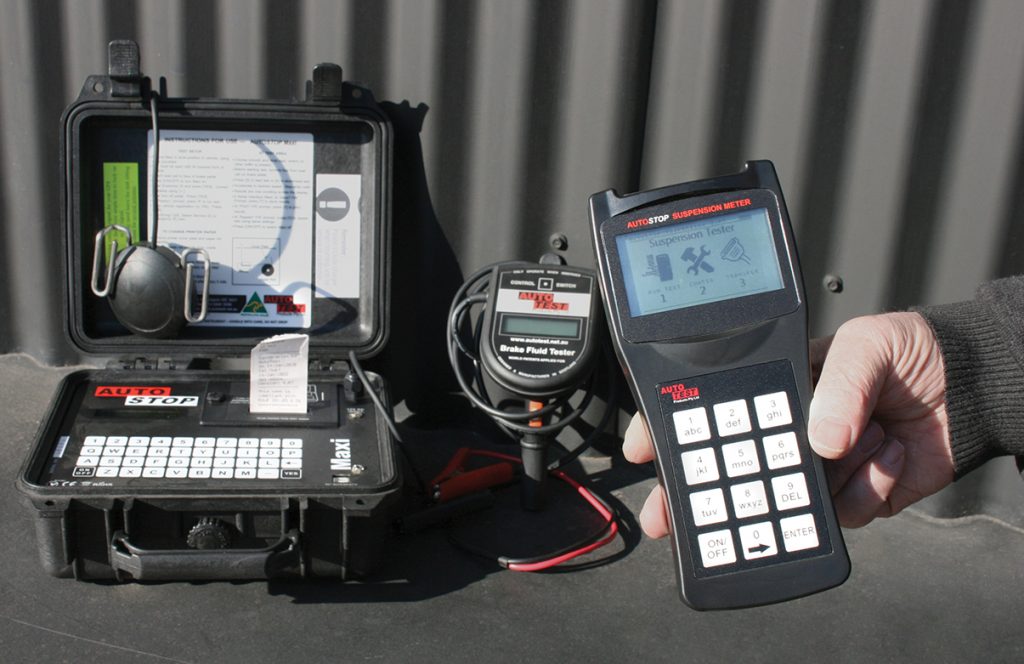
One of the most important but overlooked areas in vehicle safety is the ‘brake triangle’, which is made up of the following three components: brakes, brake fluid, and shock absorbers.
Brakes
Modern vehicles are full of nearly unimaginable complexity and thousands of parts work together to ensure a safe, comfortable ride. The braking systems of cars, trucks and motorcycles are made up of several parts that translate the driver’s actions into brake force that stops the vehicle. One, and possibly the most important of those brake parts, is brake pads. Brake pads are a key brake part because they are the component that contacts and applies pressure and friction to a vehicle’s brake rotors or drums. The pressure and friction applied to the brake rotor or drum is what decreases rotating speed and stops the wheel. Responding at the first sign of a problem is the best course. If brakes are making a high-pitched, squealing sound whenever a vehicle stops, it should not be ignored.
Brake fluid
Think about how often you depress the brake pedal on your daily commute to slow down. It is repetitious, and that is why it is critical your vehicle’s braking system is in tip-top condition. Things like brake pads and discs have visual indications of wear and tear but brake fluid however often goes unnoticed and therefore unchanged. Most brake fluids such as DOT 3 and DOT 4 are hygroscopic, meaning they will absorb moisture when exposed to air. The main enemy of brake fluid is moisture, and this can be absorbed through brake lines or the brake fluid reservoir even when the vehicle is not driven. This is the normal process of the fluid’s life cycle, but it is exacerbated in more humid conditions and climates.After a year in service your brake fluid will absorb approximately two percent of moisture. This decreases the boiling point of your brake fluid and heightens the risk of a brake failure.
Shock absorbers
Without shock absorbers, a vehicle’s tyres would keep bouncing after they hit a bump. This would be uncomfortable for the occupants. More importantly, if the tyres are bouncing, they are not in contact with the road and the vehicle doesn’t have traction. Without traction, a vehicle cannot brake. The shock absorber is often overlooked unless it malfunctions but that is extremely noticeable when it happens. Common signs of a failing shock include a longer stopping time, a vibrating steering wheel after hitting a bump; a tapping or rattling sound as the vehicle drives over bumps; increased body leans in corners; ‘nosediving’ when braking hard; uneven tyre wear; fluid running down the side of the shock absorbers; the vehicle not settling down as quickly as it used to after hitting a bump; and the ‘bottoming out’ of the suspension when hitting a bump.Worn-out shock absorbers can seriously jeopardise safety, making it harder to control a vehicle when it swerves in an emergency and harder to stop, especially on bumpy surfaces.
Test the Triangle with AutoTest
AutoTest Products explains that it is a proudly Australian-owned, award-winning company that engineers and manufactures innovative vehicle-testing and diagnostic equipment. AutoTest supplies all of the tools required to test the Brake Triangle, and says its products are used by garages, workshops, regulatory authorities and service testing stations throughout Australia and the world.
For more information phone AutoTest Products on 03 8840 3000 or visit www.autotest.net.au



